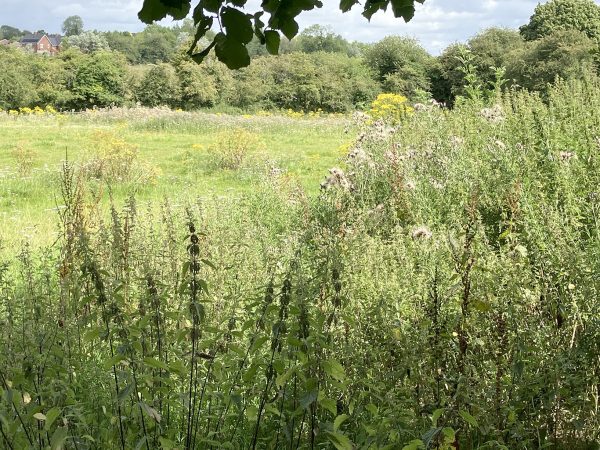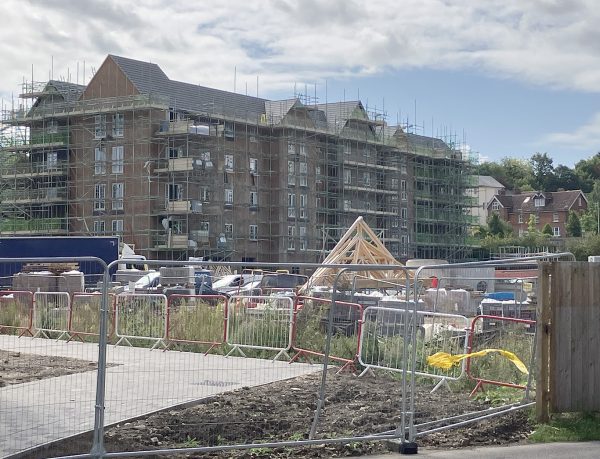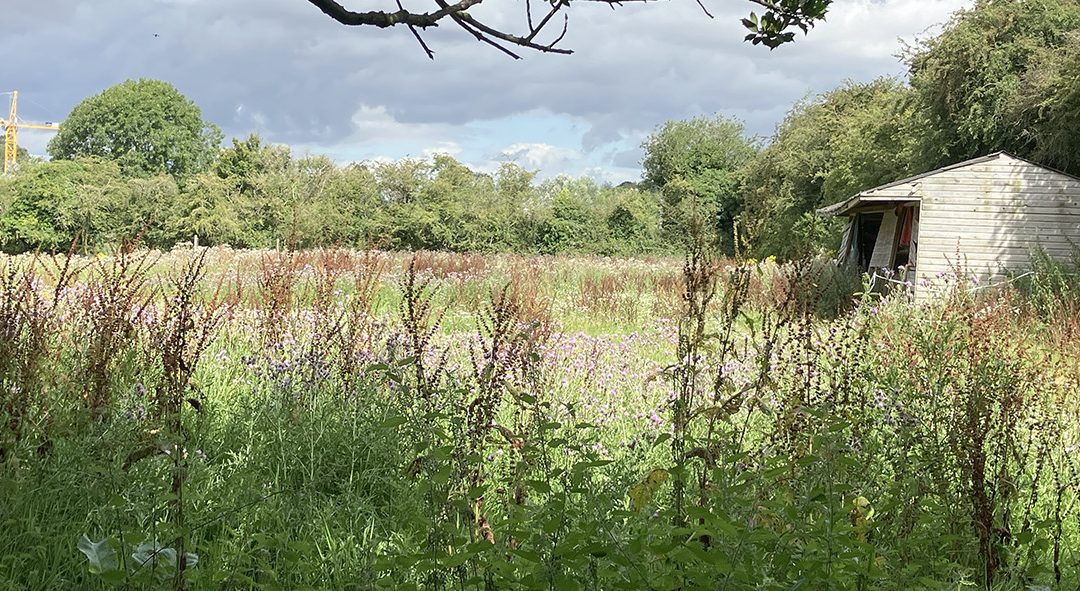Grey is the new green!
Industry matters • Regulation
The new government under the Labour Party has pledged it will build 1.5 million new homes over the next five years and has created a new category of land, coined the ‘grey belt’, to help deliver this. So what exactly is the grey belt?
Before we delve into the current definition, it is important to clarify what the ‘green belt’ is.
What it isn’t are the miles upon miles of rolling countryside and farmland you see as you drive the length and breadth of the UK.
 First introduced in London in 1938, the concept of the ‘green belt’ was later extended to other parts of the country by the Town and Country Planning Act 1947. The intention of the green belt was/is to prevent urban sprawl by keeping land around towns and cities permanently open. The green belt only accounts for 13% of the land in the UK. Building on it is considered by most people in the UK as a taboo.
First introduced in London in 1938, the concept of the ‘green belt’ was later extended to other parts of the country by the Town and Country Planning Act 1947. The intention of the green belt was/is to prevent urban sprawl by keeping land around towns and cities permanently open. The green belt only accounts for 13% of the land in the UK. Building on it is considered by most people in the UK as a taboo.
Thus far the government has not provided any hard definitions. In a pre-election press release in April, Labour revealed that the grey belt will be “a new class of land to ensure grey and poor-quality parts of the green belt are prioritised, and that any development benefits local communities”. It went on to state that “poor-quality and ugly areas of the green belt should be clearly prioritised over nature-rich, environmentally valuable land”.
It has cited wasteland and disused car parks as examples of land to be classed as grey belt.
Labour has also outlined five golden rules for housebuilding (in the green belt)
- Brownfield first
Within the green belt, any brownfield land must be prioritised for development.
- Grey belt second
Poor-quality and ugly areas of the green belt should be clearly prioritised over nature-rich, environmentally valuable land in the green belt. At present, beyond the existing brownfield category the system doesn’t differentiate between them. This category will be distinct to brownfield with a wider definition.
- Affordable homes
Plans must target at least 50% affordable housing delivery when land is released.
- Boost public services and infrastructure
Plans must boost public services and local infrastructure, like more school and nursery places, new health centres and GP appointments.
- Improve genuine green spaces
Labour rules out building on genuine nature spots and requires plans to include improvements to existing green spaces, making them accessible to the public, with new woodland, parks and playing fields. Plans should meet high environmental standards.
It seems very evident that building on grey belt land is political speak for building on the green belt. Some questions:
- Who will decide when green belt land is ‘poor quality’ or ‘ugly’?
- What is to stop landowners deliberately allowing their green belt land to go wild so it can be classed as grey belt?
- And what happens to green belt land if there isn’t enough grey belt – or other prioritised land – to meet local housing targets?
- Does this mean Labour’s policy will erode the original purpose of the green belt, effectively enabling urban sprawl?
The answers to these questions are likely to result in the usual objections, delays and rows.
 Affordable housing (funding)
Affordable housing (funding)
The second point likely to cause issues is Labour’s policy of a five-fold increase in the percentage of affordable housing that must be included within private residential developments. While clearly needed to address the affordable housing shortage, industry bodies and affordable housing providers are already raising concerns about the funding of this.
Labour has pledged it will make changes to the Affordable Homes Programme “to ensure that it delivers more homes from existing funding”. But in an open letter to the Housing Secretary, Angela Rayner, the National Housing Federation and Local Government Authority stated: “Capped income, crippling cuts, unfunded new requirements, and soaring costs have decimated housing association and council’s housing budgets. Rental income is 15% lower in real terms than in 2015, at the same time as we need to invest up to £50k on average in every social home over the next three decades to ensure they are safe, high quality and decarbonised. Without action, councils will face a £2.2bn black hole in their housing budgets by 2028. And reflecting these financial pressures housing association starts on site of new homes were 30% down last year compared to the year before, with further falls expected this year.”
“At the next spending review, we need a long-term plan for new and existing social homes, underpinned by a fair and sustainable financial model developed alongside councils and housing associations. Without this, we will not be able deliver our shared ambition to build 1.5 million new homes this parliament. New build projects are already being delayed and cancelled across the country due to significant financial pressures and uncertainty.”
What does all this mean for the construction industry?
While it is still early days, with the new government just about enjoying its post-election honeymoon – and still riding on its wave of electioneering pledges – there is no escaping the realities of the financial pressures on the UK economy and how the new government prioritises spending. At Ground & Water there is a sense of déjà vu and before we get too excited about browns, greys and greens, we would like to see how the new government sets out its fiscal plan in its first budget in October. Currently the pledges and promises are still affected by an uncertain economic situation. Until there is some certainty, we believe the construction industry can only hold its collective breath.
This said, Labour’s description of the grey belt suggests there will be the potential for parts of it to be contaminated and in every case should planning permission be applied for to build homes on it it will require the sites to be investigated. Ground & Water is here to support its clients on the journey ahead.
